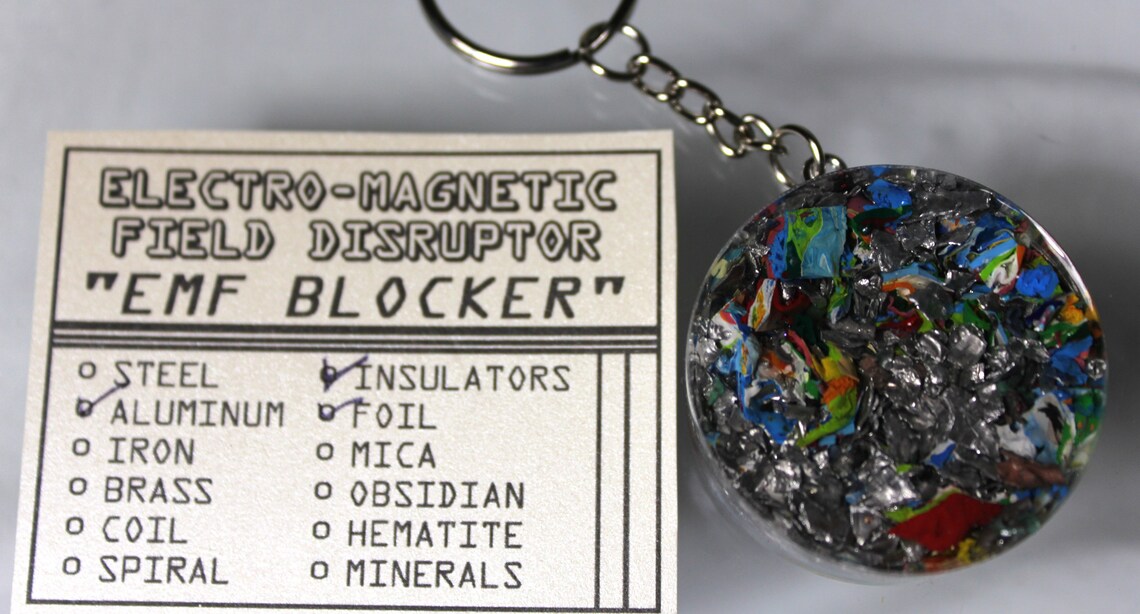No matter if you live in a house or apartment, or you just want to keep your home free from EMFs T here are plenty of methods to reduce exposure. One of the most straightforward is to reduce the usage of your electronic devices. You could also consider EMF block paint to stop EMF radiation from entering your house. Another method to protect your house from EMF radiations is to put up an RF shielding cover. It's a kind of net that has EMF shielding and is used to block EMFs from entering a space. Another option is to get your house equipped with a conductive enclosure. These enclosures are known as Faraday cages.
Several studies have shown that the non-ionizing RF EMF can cause antiproliferative properties in HCC cells. The mechanism behind AM RF EMF's anticancer activity in vitro is believed involve down-regulation in cancer-related stem cells. This could explain the long-term responses seen in certain patients suffering from advanced HCC. However, the reason behind AM EMF's impact on patients with cancer is not yet clear.
block emf radiation from AM electromagnetic fields (RFEM) on HCC tumor growth in vivo were examined in mice. The tumors were divided into 3 groups. One group did not have exposure to RF EMF. Another group of participants was subjected RF EMF at a frequency that is similar to that used in humans. Third group members were exposed the RF EMF in HCC-specific frequencies. emf radiation blocker of HCCMF on the tumours was assessed against the effect of RCF. The results showed that the tumours treated with HCCMF were significantly shrinking. However, the tumours treated with RCF did not show any evidence of shrinkage in the tumour.
The reason for tumor-specific AM RF EMF may be due to the fact that tumor cells require Cav3*2 T-type voltage calcium channels for their proliferation and down-regulation. AM RF EMF's antiproliferative effects on HCC cells is mediated by CACNA1H, a protein which is responsible for the influx of Ca2+ specific to tumours. The results suggest that CACNA1H could have wider implications for treatment and diagnosis of various cancers.
The tumours in the control group were not exposed RF EMF, and were fed a normal mouse diet. The tumors of HCCMF HCCMF group were injected with Huh7 cells after they were between five and seven weeks old. The tumors were removed when they showed excessive burden.
The tumors of the three groups also displayed distinct growth curves. The HCCMF-treated tumors showed a significant decrease in size of the tumor after eight weeks. However, the tumors treated with RCF showed no shrinkage. The difference was significant. The tumours treated with RCF had necrosis that is common in tumors that have been that are exposed to RCF. There is a possibility that this necrosis was due to the lack of oxygen in the more invasive tumours.

In summary, the results suggest an AM-RF EMF exhibits anticancer effects in vitro and in vivo. Several studies have shown the fact that AM RF EMF produces measurable reduction in tumours in HCC patients. The possibility is that the AM EMF produces these effects because of CACNA1H, a protein that is involved in the tissue-specific Ca2+ influx. In addition, AM RF EMF may cause a lasting effect on the development of HCC tumours in vivo.
